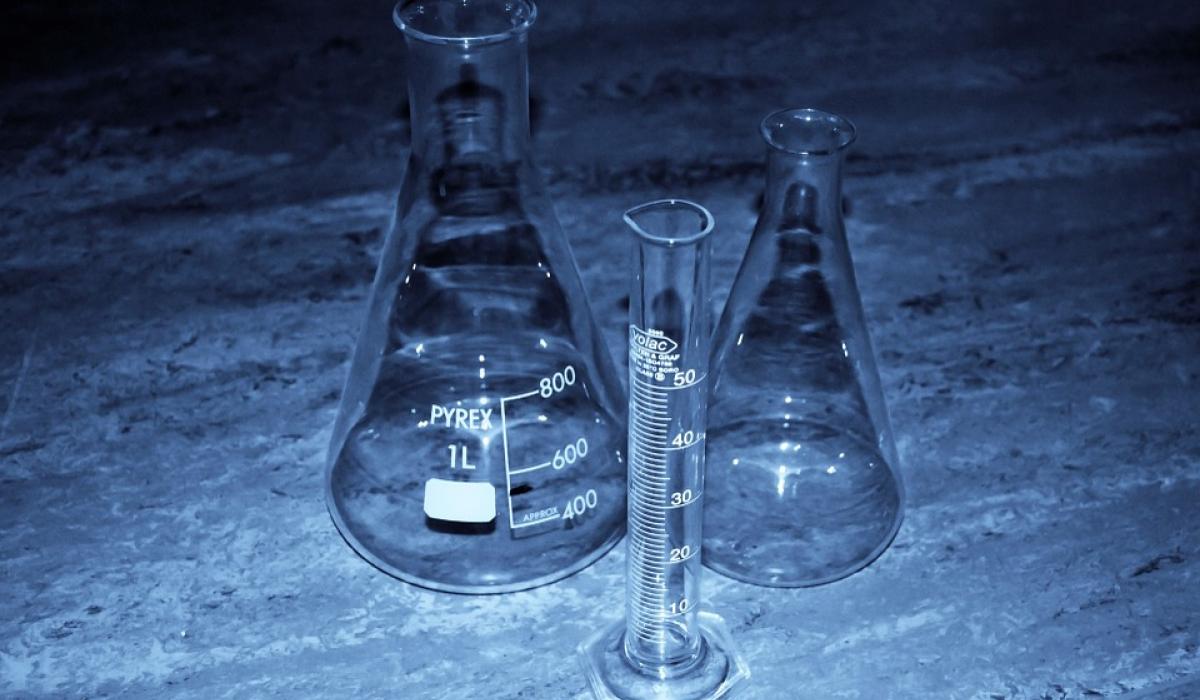
Eberhard Karls University Tuebingen, Germany
Particularly in life sciences and drug discovery, halogen bonding has gained a lot of attention in recent years [1]. Thus, there is an increasing demand for computational tools recognizing and evaluating this interaction. Creation of a scoring function will enable the rapid assessment of halogen bond geometries and can help to derive their interaction qualities. We extensively used QM model calculations on the MP2/TZVPP-level of theory to systematically map the relationship between strength and geometry of halogen bonds to different interaction partners (carbonyl backbone, sulfur contacts, nitrogen contacts, carboxylates, π-systems, …) [2-4]. We evaluated the potential for molecular design of additional halogen bonds in existing protein-ligand complexes of the PDB by applying XBScore, our first QM-derived scoring function for the recognition of contacts to the carbonyl backbone [5]. In addition, we used support vector regression to develop a QM-based scoring function for the recognition of halogen bonds targeting methionine.
We implemented both scoring functions in ChemPLP and investigated their potential to improve pose retrieval for a test set of crystal structures featuring halogen bonds. However, application in molecular design can be limited by the high molecular precision needed for an appropriate prediction. We have recently demonstrated this, by studying the halogen bonding to the gatekeeper methionine in c-Jun N-terminal kinase 3 [6]. Surprisingly, exchange of a chlorine into bromine or iodine yielded a plateau of affinity, but showed effects on selectivity. The reason for this unexpected behavior was elucidated by solving the crystal structure of the iodinated ligand in complex with JNK3. Formation of a bivalent halogen/chalcogen bond toward the sulfur of the gatekeeper methionine rationalizes the observed behavior and may have an interesting impact on inducing kinase selectivity in the future.
[1] Wilcken R, Zimmermann MO, Lange A, Joerger AC, Boeckler FM: Principles and Applications of Halogen Bonding in Medicinal Chemistry and Chemical Biology. J Med Chem 2013, 56:1363-1388.
[2] Wilcken R, Zimmermann MO, Lange A, Zahn S, Kirchner B, Boeckler FM: Addressing Methionine in Molecular Design through Directed Sulfur-Halogen Bonds. J. Chem. Theory Comput. 2011, 7:2307-2315.
[3] Wilcken R, Zimmermann MO, Lange A, Zahn S, Boeckler FM: Using halogen bonds to address the protein backbone: a systematic evaluation. J Comput Aided Mol Des 2012, 26:935-945.
[4] Lange A, Zimmermann MO, Wilcken R, Zahn S, Boeckler FM: Targeting Histidine Side Chains in Molecular Design through Nitrogen-Halogen Bonds. J Chem Inf Model 2013, 53:3178-3189.
[5] Zimmermann MO, Lange A, Boeckler FM: Evaluating the potential of halogen bonding in molecular design: automated scaffold decoration using the new scoring function XBScore. J Chem Inf Model 2015, 55:687-699.
[6] Lange A, Gunther M, Buttner FM, Zimmermann MO, Heidrich J, Hennig S, Zahn S, Schall C, Sievers-Engler A, Ansideri F, Koch P, Laemmerhofer M, Stehle T, Laufer SA, Boeckler FM: Targeting the Gatekeeper MET146 of C-Jun N-Terminal Kinase 3 Induces a Bivalent Halogen/Chalcogen Bond. J Am Chem Soc 2015, 137:14640–14652.
